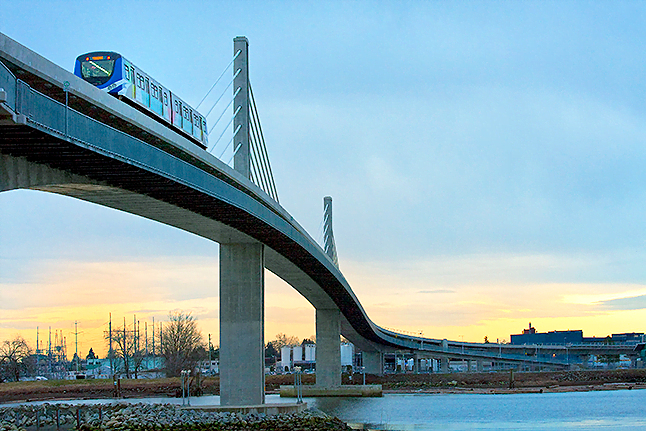The ‘made in Canada’ P3 model is considered best in class globally. It’s used to build everything from highways and bridges to courthouses, hospitals, and water and wastewater treatment facilities.
P3s were first introduced to Canada in the early 1990s to offer a better alternative to government projects that regularly blew through budgets and construction timelines. By putting the private sector’s capital at risk and incorporating penalties if deadlines aren’t met and agreed upon outcomes aren’t realized, the private partner is incentivized to be on-time, on-budget and find innovative solutions. And most importantly, the facilities built remain publicly owned and controlled.
It’s important to realize P3s are simply a procurement model that considers the whole life cycle of the asset. Notably, they are not a panacea but results have been very impressive when used for the right projects.



In a P3, it's critical to remember that because the private sector is taking on significant risk and providing upfront financing, they have true skin in the game, which in turn ensures they perform.
Ultimately, the government owner is in control. It holds the purse strings and sets the specifications required for P3 projects.
The most successful P3s are those where a strong partnership exists between both parties, where risk is taken on by the most suitable partner and the reward of a much-needed facility is shared by Canadians, greatly benefitting the public good.



Historically, public infrastructure projects have experienced cost overruns and delays. That’s because the traditional arrangement leaves the government responsible for project risks that add time and money to a project.
Cost overruns are rare on P3 projects because this alternative procurement approach allocates risks and responsibilities to the public and private sectors based on their areas of expertise.
However, when cost overruns do occur, the P3 model is designed to protect the taxpayer, where the risk is transferred to the private sector. With an integrated team of designers, engineers, contractors and operators working together, P3s deliver better designed facilities that are well-maintained during the contract term, which typically last 20 to 30 years.



P3s can take a variety of forms and share the following 4 attributes:
P3s in Canada have a more than 30-year history typically using availability-based models. In some cases, P3s can include user fees such as tolls as part of the payment to the private sector. These are referred to as concessions.


In the 1990s, a group of innovating pioneers brought the public-private partnership (P3) model to Canada, eager to replicate successes in the United Kingdom and Australia but with a Maple Leaf twist.
Over the past three decades, the model has adapted to the Canadian landscape, meeting new challenges and opportunities as more governments use it for a variety of different asset classes, while keeping true to its core charateristics. Dozens of hospitals, highways, courthouses, bridges, transit systems, schools, water/wastewater plants are among the more than 300 P3 projects delivering services in our communities.
This 'made in Canada model' enjoys an enviable global reputation, with others eager to learn from our experiences and adopt our best practices. But new challenges, new assets & new opportunities means the P3 model is continuing its evolution to serve Canadians better.
